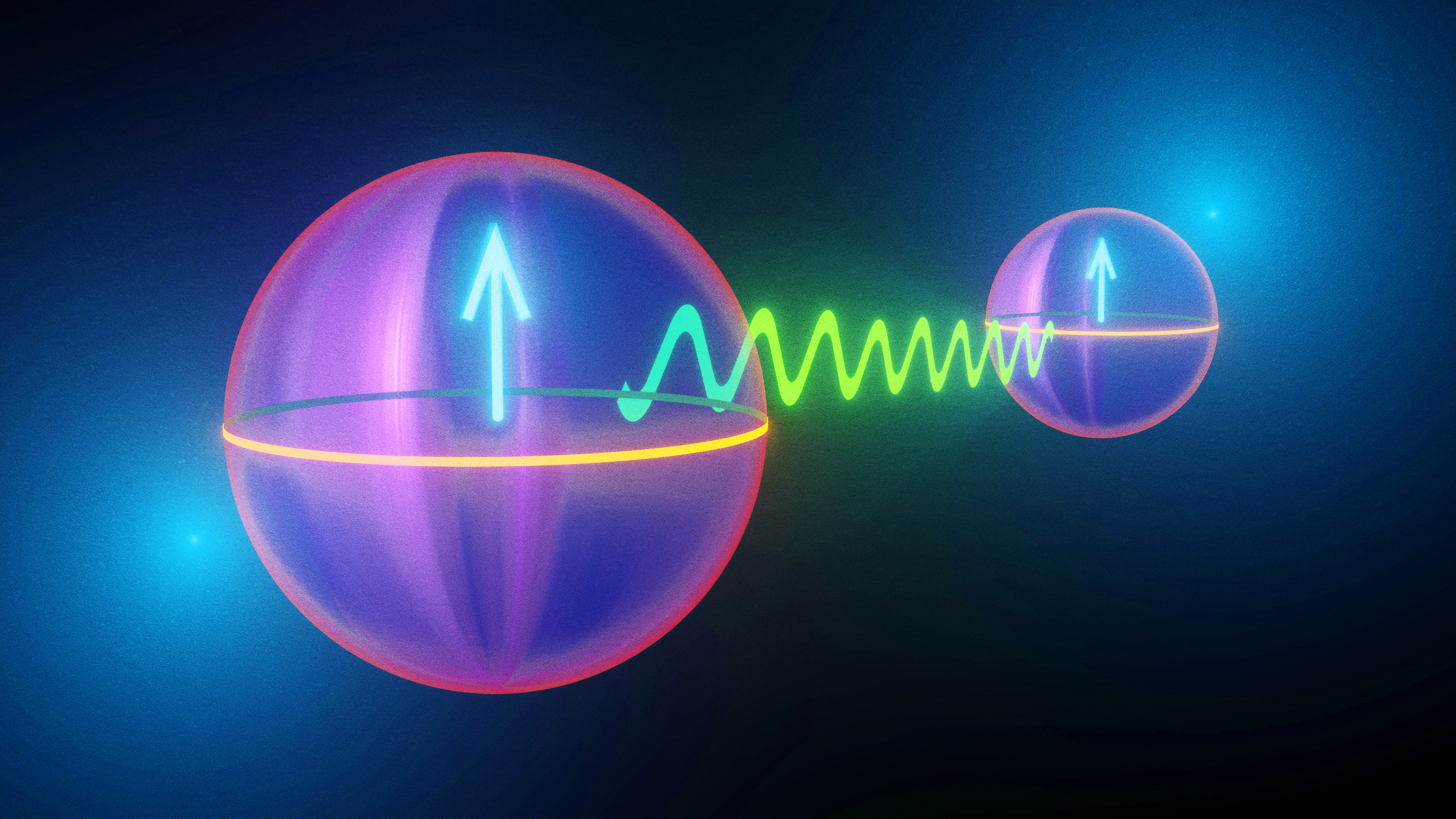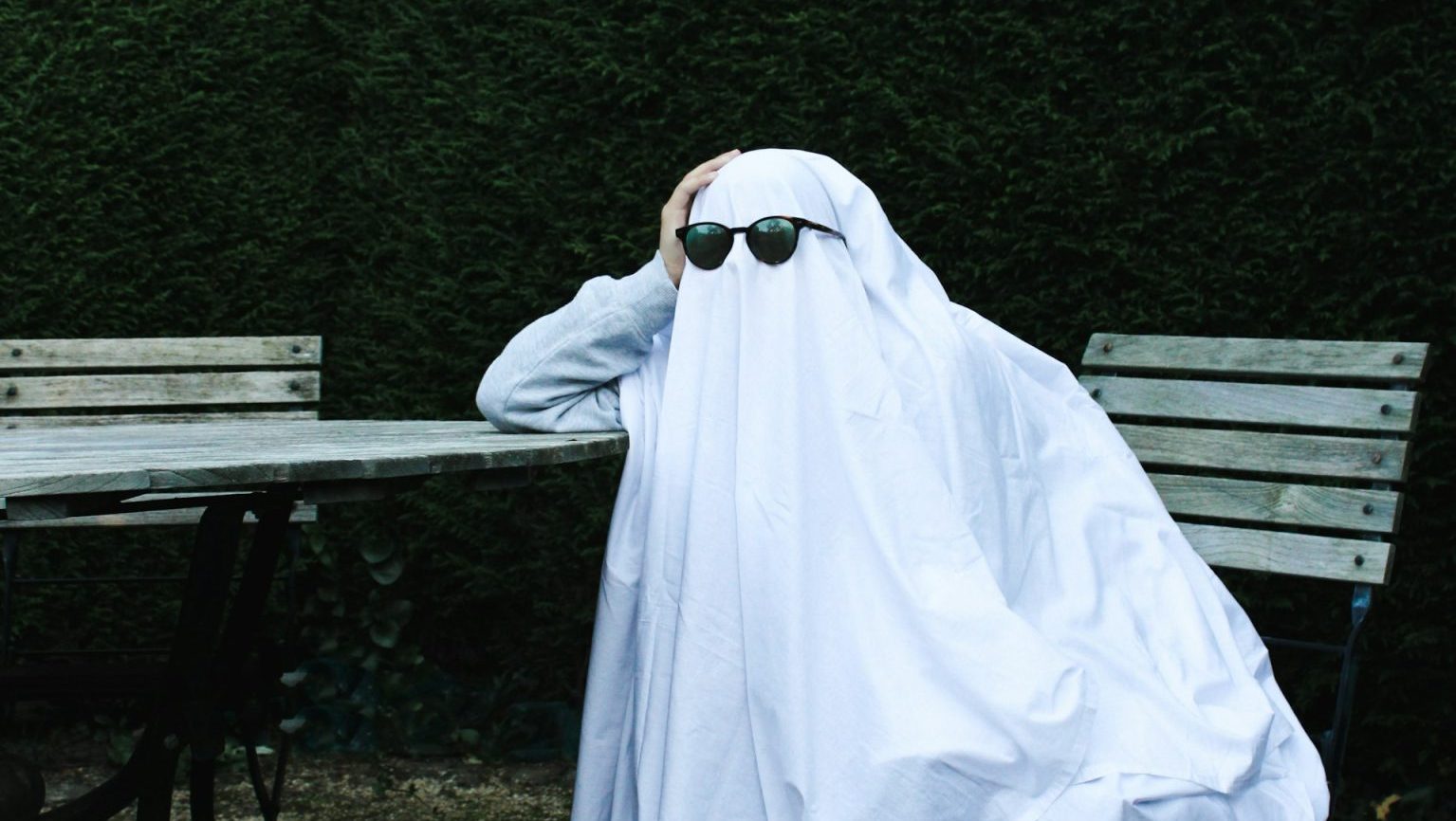Booker is working with corporate partners to create a win-win situation.
Question: How will you keep jobs in Newark and prepare students for employment?
Cory Booker: That's something I'm really proud of, and the funny thing was I just took a commecial today about one of our public-private partnerships to bring us job opportunities. This is a long answer, and I will try not go too long into it, but so many things we are doing, which is just fundamentally trying to change the economic reality for residents of the City of Newark. And you asked about jobs--everything we've done before I get to jobs. We're the first city in New Jersey to pass prevailing wage laws, really doing a big campaign around Earned Income Tax Credit, which is one of the best anti-poverty programs we have in our country, to creating a loan fund for minority businesses to get access to capital, and we've now started to see entrepeneurs coming forward and availing themselves and starting businesses in our city. But just on rote jobs how do you make sure employment's gonna happen? Well, one is we just sat down with our corporate partners and said--look, there's few coporations in America you're gonna talk to and say to them what are one of your biggest challenges? And it's all in HR, finding good employees. Corporate America, by the way, spends billions of dollars just training the employees that they get. So we sat down with HR leaders and head of coporations and said how could we work together and create a win-win? The win for you is whether we reduce your training costs, get you a better supply of employees; win for us is getting more Newarkers hired. So I used Continental Airlines which is the biggest employer in the city, but they were only hiring 7% of their people from the City of Newark. So I went down and talked to Kellner who is head of the company down in Houston, a phenomenal guy, talked to people here locally and we started a partnership. And now we--the first year alone we went from like 7% to like 25-30% of their hires from the City of Newark. Already I've been in office a year and nine months, and we've had almost 600 people hired. I filmed a commercial today, because we got now another 600 jobs for residents of the City of Newark so it's this incredibly fruitful partnership. We realized that we had these call centers in the City of Newark, and we went to these call centers and said, "are you hiring our residents?" "No? Well, what's the problem here?" And then we took money that was being wasted before, this, this job-training money that used to go to these job trainers, who would train people and give them a certificate, but it wouldn't be connected to the jobs. Their placement rates, some of them were at 5%, and so now we go to the actual employers and say let's craft a program for call center staffers. And I went to speak to the class last week, and they're being hired by all these different call centers from all around the city, and some people who have call centers outside of the city and we're getting people hired. So it's working and now we're starting to see different companies in Newark hire not ten here, twenty here, but measuring their hires in the hundreds as well. And in addition to that, we always put forth our values. It always starts with what is your ideal, what is your value, and one of our values very clearly is hiring local Newark residents. Another one is hiring ex-offenders, because that's a population that, should we not be there for them, they're gonna coast us way more. Green building is a value, so we then look what our city incentives, like giving away city land to developers to build, giving tax abatements to incentivize and we link all the city incentives to what our values are. You want a tax abatement in the City of Newark? Show us your plan that your project is going to hire Newark residents, gonna hire ex-offenders, gonna do green building. And that's the way we've been able to incentivize a lot more people to hire locally. So we have a whole list of programs that we're working on. And then we partner with non-profits that further prepare our residents. We prioritze our non-profits--again, the discretionary money that we have--we said these are our values. We're gonna give money to non-profits that produce jobs, money to non-profits that hire ex-offenders. We said, "what are our values?" Drug treatment was a value and so on and so forth. So we've got non-profits that never got support from the City of Newark in the past, or little support, like Youth Build is a great program which takes at-risk kids who are not going to college but can get into the construction trades and actually get their GED while they actually do construction of homes that then are affordable homes that would sell on the private market for $600,000, end up going on the private market for a fraction of that, but that yet they come out of it with a career. An electrical worker, a kid with electrical training gets into the union, he can be making $90,000 after their apprenticeship, so these are programs that we're targeting and we're empowering them to succeed and expand and provide more opportunity for Newark residents. And I keep saying ex-offender--we actually went over again--and that's one of the things we've done as well, from doing a lot of things. Now we have about 52 employers that we've lined up that agreed to hire ex-offenders if we can vet them and train them and give them soft skills. We have created a legal services organization that just helps offenders untangle--cause most people go back to prison or violate parole on what they call technical parole vialoations. They don't realize they have a suspended driver's license or, or a parking ticket, or even worse that while they were in prison they didn't appear for, they didn't pay it. It became a warrant out for their arrest and suspended their driver's license, the fines are all up and here they come out and all they need is a driver license to work for Continental, but they can't because their driver's license has $14,000 worth of charges on it and, they don't realize it, in a town over, they have a warrant out for their arrest. So we created legal services to help them untangle all of that, reduce fines, get rid of warrants and get them into employment. So we have an array of things we do to focus on jobs because again everything is just very simple. On the mission statement in my pocket right now: Newark, New Jersey will set the national standard for urban transfromation in three areas: public safety, economic empowerment and improving the quality of life for children and families. That's what were focused on, so the question about jobs is very on point.
Recorded on: 3/11/08





